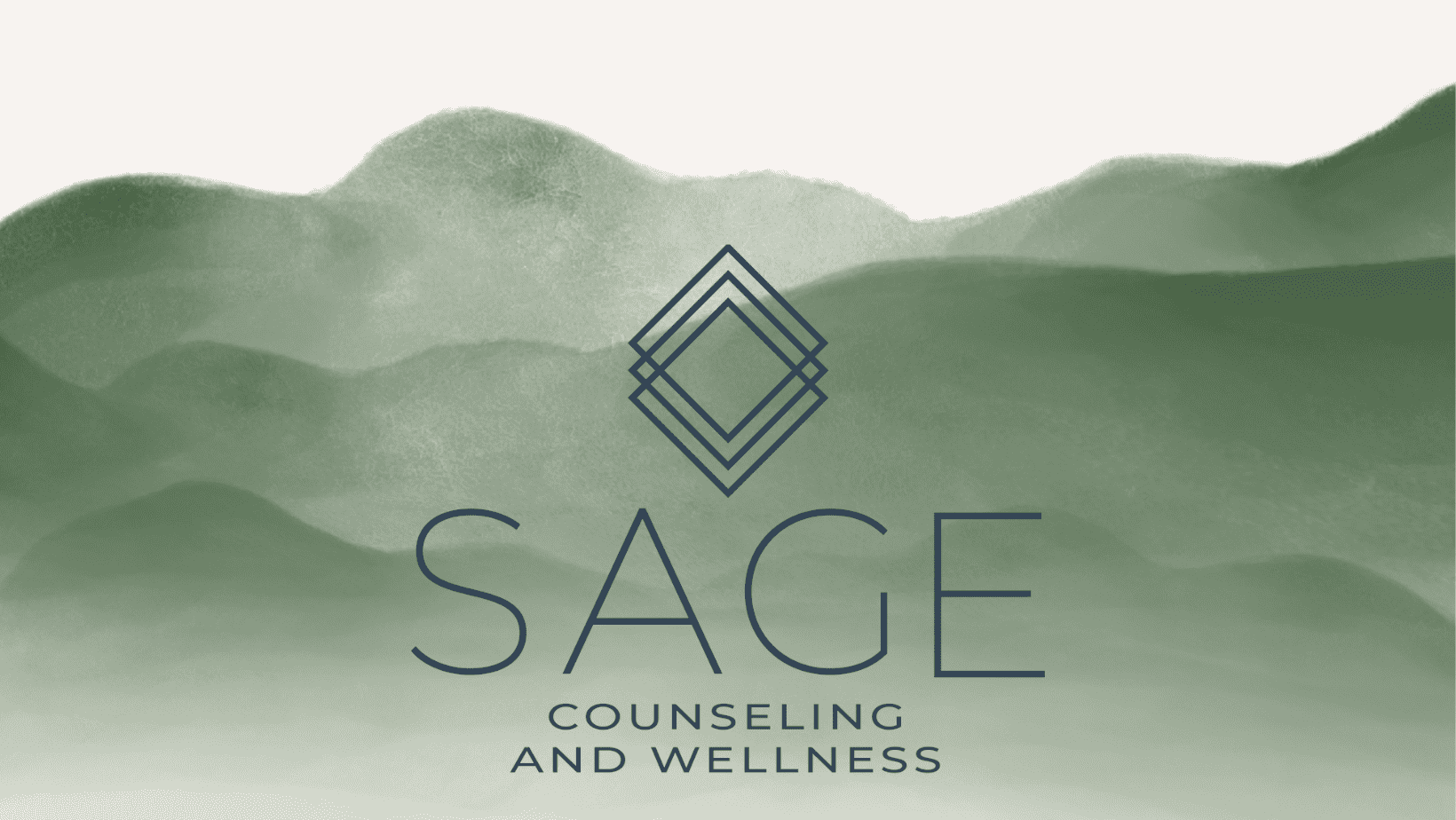
3 Helpful Things I Do Before Every Session as a Therapist
This post may contain affiliate links, which means we may receive a commission, at no extra cost to you, if you make a purchase through a link. Please see our full disclosure https://racheldorneanu.com/disclosure-privacy-policy-and-terms-of-use/ for further information.
I love my job. I make my own schedule, work with my ideal clients, and help mentor interns and associate-level therapists. Like any job, though, being a private practice therapist can have its tough moments. There may be times in which your client references an aspect of your life that you have completely forgotten about, despite them mentioning it before. Or, there may be times in which you wish you could give your client more energy, but you are so burnt out that you come off unintentionally aloof. Although these situations can happen to any therapist, I have learned that there are a few easy steps to take to prevent them as much as possible. At the end of the day, the goal is to provide the best therapy service you can to your client and leave them feeling heard, cared for, and ready to take on their own challenges. To prepare myself for tough moments—or any session in general—here are the 3 things I do before each and every session.
- Prep notes and review goals
As all therapists know, taking notes is crucial to our job. Although your notetaking style is a personal preference, there are ways to make it harder for yourself. Too many notes, and it’s hard to summarize to prep for a session and remember the big moments—you end up getting lost in small details and overlooking the big picture of what your client is struggling with. Too little notes, and you can’t keep one client’s story separate from the other. First off, run with the note style and amount of detail that works best for you. When prepping, I start my mornings reviewing and summarizing notes for each session I’ll have that day so that I’m not scrambled later. I remind myself of any goals, homework, and tentative agenda items for each session. Then, I gather any books or workbooks we’ll be using and have them on my desk nearby for quick grab and easy access. Every other session, I’ll pull up the treatment plan to review goals with the client so we can keep them fresh in our minds and make sure we’re working towards goals together.
- Stretch. Drink water. Breathe.
I’m a big fan of the mind-body connection. If we stay in one position all day, we’ll likely hold tension in the same places. Take some time between sessions to stretch, roll your neck and shoulders, and even some gentle yoga to help you transition from one session to the next. Part of taking care of your body during sessions also means respecting your boundaries and not allowing sessions to run overtime. It’s in your and your client’s best interest to respect each other’s time so that we can be our best selves.
Therapists talk all day, so you need to keep yourself hydrated. I keep one of these next to me so I don’t have to refill water throughout the day. If I’ve just had a particularly tough session, I step out of my office to get a change of scenery and practice some deep breathing. I close my eyes and focus on calm imagery to get me back into a neutral head space for the next session—the last thing I want is to bring negative energy into a new session and potentially upset a client. This also helps to slow my heart rate. It is important to recognize that even though therapists help others with mental health issues like anxiety, therapists themselves can get anxious, too. It is a totally normal and natural feeling, especially when juggling the needs of many clients on a day-to-day basis. However, taking proactive steps towards coping healthily with your anxiety will not only benefit your own peace of mind but allow your clients to get the most out of the session from the best version of you!
- Sit and stand regularly.
I invested in a standing desk and it’s been such a huge help! This one in particular is electric and allows for a few different favorite height options to be saved for quick adjustments. The desk also can be set to remind you to stand at certain times based on your schedule. I’m really impressed with the minimalist design and functionality. As a new mom, I sometimes have rough nights full of checking on the baby, putting myself back to sleep and I need to sit for a few sessions. Other times, I may have had too much caffeine and need to stand and move a bit to get any jitters out. I let clients know ahead of time if I’ll be standing and moving so they know what’s going on and are not confused. It’s also helpful to stand so I can demonstrate a helpful breathing posture if needed.
Despite personal needs, though, standing while working has overarching health benefits that anyone can benefit from. For one, it boosts your focus. I’m sure we can all relate to the feeling of sinking further and further into your chair as the workday progresses, getting closer and closer to simply dozing off in it. It’s practically impossible to fall asleep while standing, which is why standing while working helps you stay alert and focused on your tasks. Additionally, standing while working helps keep circulation going. This helps you avoid the annoying feeling of your leg falling asleep. Finally, it helps reduce back pain and promotes good posture. Nobody wants to end a long workday with back pain. By being forced to stand up straight at a high-standing desk, you’ll strengthen your posture and reduce back pain. You’ll notice improved posture even when you do sit in no time!
All in all, being a therapist comes with a lot of responsibilities. You may think that adding 3 more tasks to do before each session seems like a chore. However, the benefits you will reap from these 3 easy-yet-effective practices will show you how worth it they are!
To discuss how mentoring could help you during this season of your life, please schedule your free 15 minute consultation.
